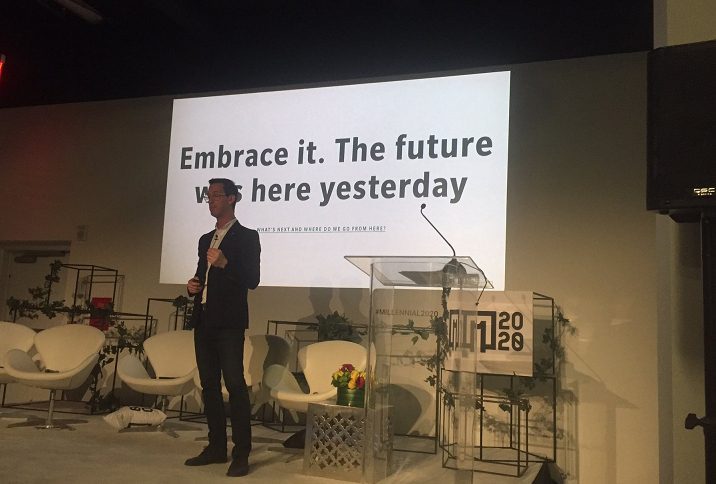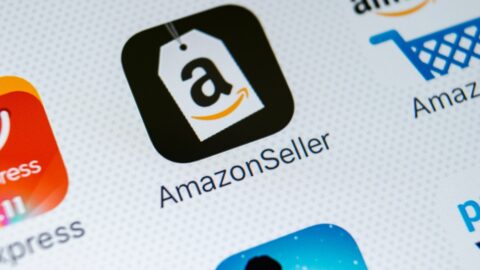 As a Millennial, I certainly get very curious whenever I hear about retailers’ latest initiatives to market to my demographic and the younger Gen Z shoppers. Since these generations are the most significant drivers of retail’s continued transformation, their influence will only get stronger.
As a Millennial, I certainly get very curious whenever I hear about retailers’ latest initiatives to market to my demographic and the younger Gen Z shoppers. Since these generations are the most significant drivers of retail’s continued transformation, their influence will only get stronger.
When I attended the Millennial 20/20 event last week, I glimpsed how retailers and brands alike are handling this transition. C-Level execs from big names such as Subway, Taco Bell, Bacardi, Chobani and Boxed all spoke about their experiences catering to these younger segments, but the session that stood out for me was from the global footwear brand ALDO. What caught my attention was that ALDO has abandoned the omnichannel thought process that has been an article of faith among retailers for most of this decade.
Nicholas F. Martire, President of ALDO Group North America, noted that his brand immediately treats its end consumers as if they’re channel-agnostic, in order to get away from the omnichannel thinking that has pervaded retail in the past few years.
Advertisement
“If you are still thinking this way, it means you’re still conceptualizing it,” Martire said during the session. “It means you’re still imagining it, and it means you haven’t taken the necessary action to prepare for it. We are indifferent as to whether our customer purchases in-store, on our web site or through one of our wholesale partners. The customer doesn’t see the difference in channel, so why are we as retailers still talking about it in channels?”
Yet while all-channel optimization remains important, Martire noted that the brick-and-mortar store is still the linchpin of the retail experience, regardless of current struggles to bring in foot traffic.
“All of the clues for how your customers shop for your brand reside in your store,” Martire said. “It’s your landmark. It’s your laboratory. To further reinforce this point, just look at brands that started online-only. They always had this vision that they’re going to only be online, but many of them are now rushing to open stores. The intel that derives from interaction with human beings is priceless.”
Retailers simply cannot overlook this point. Data gathering and analysis have certainly improved by leaps and bounds, but brands still must capture an in-person reaction to gauge personality traits or subtle interactions with employees.
If I never walk into a store, a brand simply wouldn’t know a thing about me personally that could provide more context around a future purchase. They could look at my purchase history all they want, but without simply asking what I’m looking for next, there is a solid chance they will be missing out down the line.
Despite Popularity, YouTube Remains An Underutilized Visual Tool
Martire pointed out what a lot of today’s retailers are starting to understand: visual experiences must constantly evolve. “These future super-consumers are digital animals. They love conducting information first, and they want to contextualize the product. As such, the visual experience cannot be stale,” he said.
At the event, I had a conversation with Jill Standish and Karen Voelker of Accenture about how retail brands can improve their engagement with younger audiences visually, particularly through social platforms. They brought up that although YouTube has been a major social media platform for more than a decade, retailers haven’t quite leveraged it for maximum potential. While retailers may post company videos on their own YouTube channels or include advertisements on the site, these companies can do more to provide value, according to Accenture research.
With 89% of Gen Z respondents citing YouTube as the social media platform they use the most and 72% interested in purchasing via social media directly, Standish and Voelker pointed out that brands must start integrating purchasing options within their own videos, or even cross-promote on other videos that may relate to the product.
Buy buttons never really took off within major social media platforms, so it’s probably going to remain difficult for any ‘one-click’ shopping method to gain traction in the U.S. But that doesn’t mean retailers can’t expand product accessibility, all while making the shopping journey quicker.
If this integrated accessibility comes closer to becoming a reality, more retailers can continue to build on this process within YouTube, Facebook and other platforms, to meet end consumers at every channel without having to worry where the purchase actually takes place.









